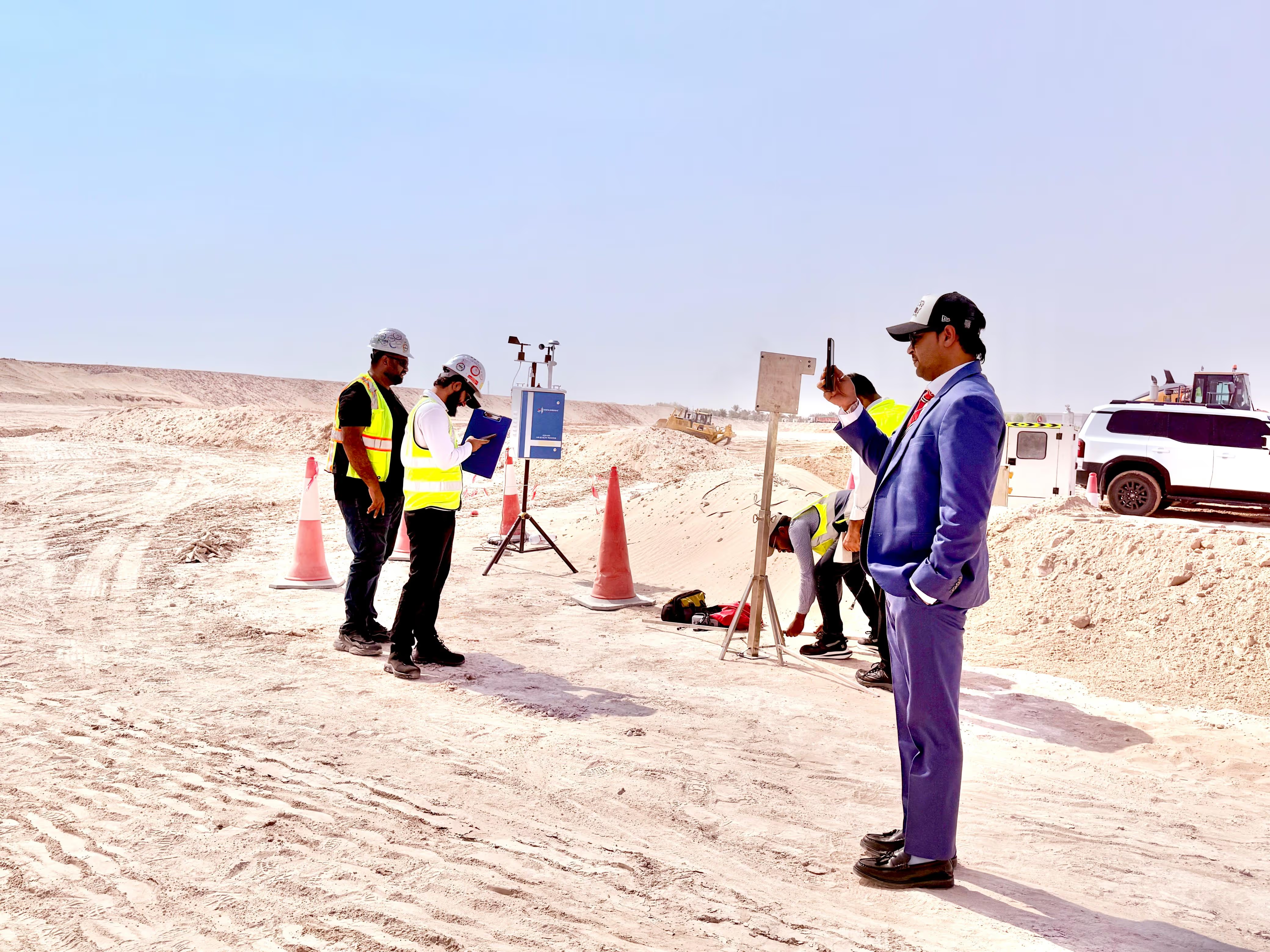Introduction
In today’s industrial landscape, where environmental regulations are tightening and public scrutiny is increasing, environmental monitoring has moved from a regulatory checkbox to a strategic imperative. For plant managers and compliance officers, it forms the core infrastructure that ensures operations remain within legal limits, protect natural ecosystems, and foster sustainable industrial growth.
Why Environmental Monitoring Matters
Environmental monitoring refers to the systematic collection, analysis, and interpretation of data related to air, water, soil, and emissions. For industrial facilities, this is not just about environmental stewardship — it is central to:
📜 Regulatory Compliance: Adhering to local, national, and international laws (e.g., EPA regulations, ISO 14001, EU Industrial Emissions Directive).
⚠️ Risk Mitigation: Identifying leaks, spills, or emissions early prevents costly environmental incidents and reputational damage.
🔁 Operational Efficiency: Real-time data helps fine-tune processes to minimize waste and optimize resource use.
📊 Audit Readiness: Having reliable, timestamped data simplifies compliance reporting and third-party inspections.
Key Parameters Monitored
While specific requirements can vary depending on the industry and local regulations, most industrial operations monitor a core set of environmental parameters across several key mediums.
For air quality, this typically includes measuring particulate matter (PM), sulfur dioxide (SO₂), nitrogen oxides (NOx), carbon monoxide (CO), volatile organic compounds (VOCs), and greenhouse gases. These pollutants are closely linked to both environmental degradation and public health concerns.
In the case of water monitoring, parameters such as pH, biochemical oxygen demand (BOD), chemical oxygen demand (COD), heavy metal concentrations, turbidity, temperature, and effluent discharge levels are commonly tracked to ensure safe discharge and minimize aquatic ecosystem disruption.
Soil monitoring often targets the detection of contaminants like hydrocarbons, pesticides, and leachates—especially in industries involving storage or disposal of hazardous materials. This helps prevent long-term soil degradation and groundwater contamination.
Noise pollution is assessed using decibel (dB) levels and frequency patterns to comply with occupational safety and community noise standards, particularly in construction and heavy manufacturing environments.
Lastly, for industries where ionizing materials are present, radiation monitoring includes tracking alpha, beta, and gamma radiation levels to protect both workers and the surrounding environment from harmful exposure.
Common Monitoring Technologies
Industrial operations rely on a variety of technologies to ensure accurate and continuous environmental monitoring across different media.
Continuous Emissions Monitoring Systems (CEMS) are widely used to measure pollutants in flue gas and stack emissions. These systems provide real-time data on regulated gases, helping facilities stay within permitted emission limits and streamline compliance reporting..
Remote sensors and IoT devices are increasingly deployed to track air and water quality in real time. These compact, networked tools enable decentralized monitoring, allowing facilities to detect anomalies quickly and respond to environmental threats before they escalate.
Drones and satellite imaging offer powerful capabilities for remote area surveillance, especially in large or hard-to-reach industrial zones. They are particularly useful for monitoring land use changes, vegetation health, and potential environmental impacts from a broader perspective.
Groundwater monitoring wells are essential for detecting subsurface contamination, such as leaks from storage tanks or infiltration of hazardous chemicals. These wells provide long-term insights into water table conditions and contamination plumes.
Finally, data loggers and SCADA (Supervisory Control and Data Acquisition) systems serve as the backbone of centralized environmental monitoring. They collect, store, and analyze data from various sources, offering operators a real-time overview and historical record of environmental performance.
Industry-Wide Applicability
Regardless of the sector, environmental monitoring is universally vital:
Oil & Gas: Leak detection, flare monitoring, groundwater contamination
Manufacturing: VOC emissions, wastewater discharge, noise pollution
Chemical Processing: Hazardous waste tracking, air quality control
Energy & Utilities: Ash management, GHG tracking, thermal pollution
Construction & Mining: Dust levels, soil erosion, runoff management
From Compliance to Proactive Sustainability:
Many organizations are transitioning from reactive compliance to proactive environmental strategies, using predictive analytics and AI to anticipate environmental risks before they escalate.
Emerging Trends
Cloud-based Monitoring Dashboards for unified data access
AI & Machine Learning for predictive risk assessments
Blockchain for Environmental Data Integrit
Integration with ESG Reporting frameworks
Environmental monitoring is not just a legal requirement — it's a strategic asset. For industrial operations, it’s the backbone of compliance, driving informed decision-making, building public trust, and paving the way for sustainable industrial growth. As environmental expectations evolve, so too must the monitoring capabilities of every industrial facility.

